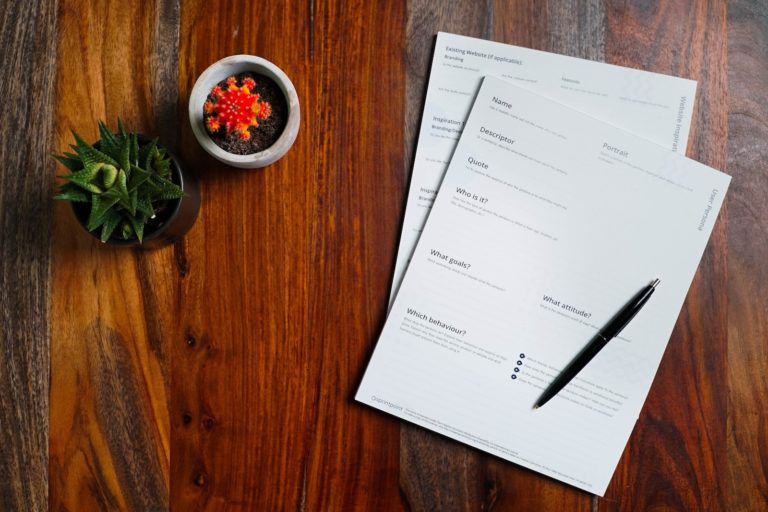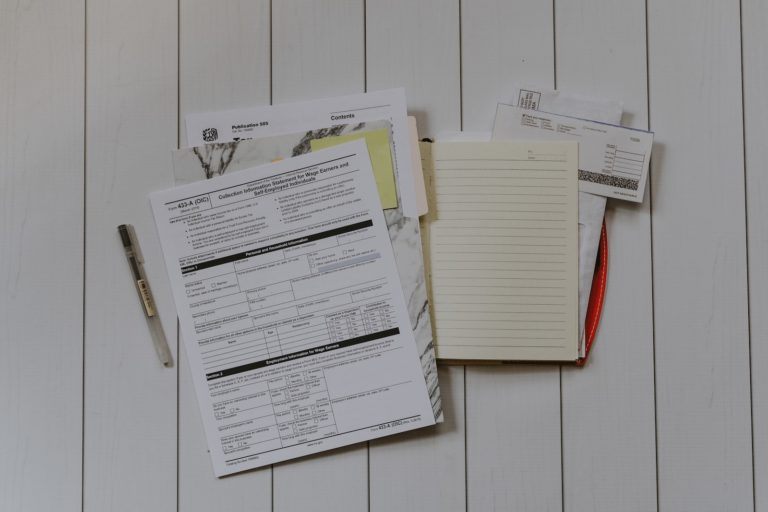USCIS Fee Waivers and Reductions
A guide to USCIS fee waivers and reductions during your green card or naturalization
What If I Can’t Afford the Filing Fees?
US Citizenship and Immigration Services (USCIS) may waive or reduce your green card fees or naturalization application fees if you are unable to pay them.

The Our Love Visa Experience
Our Love Visa has a simple mission. We believe it should not be difficult or expensive to bring couples together. OLV has helped thousands of couples navigate the immigration process, and it would be a privilege to help you too. Join the OLV Community today!
Fee Reduction
For the time being, there is no way to lower the Form I-485 (Adjustment of Status) filing fee for a family or marriage green card. However, you could be eligible for a fee waiver.
You could be eligible for a fee reduction if you are applying for U.S. citizenship (also known as Naturalization) using Form N-400.
Your yearly household income must fall between 150% and 200% of the Federal Poverty Guidelines, as shown in the following tables, to qualify for a fee reduction:
| For residents of the 48 contiguous states and U.S. territories | ||
| Household Size* | 150% of Poverty Guidelines | 200% of Poverty Guidelines |
| 1 | $19,410 | $25,520 |
| 2 | $25,860 | $34,480 |
| 3 | $32,580 | $43,440 |
| 4 | $39,300 | $52,400 |
| For each additional person, add: | $6,720 | $8,960 |
| For Hawaii residents | ||
| Household Size* | 150% of Poverty Guidelines | 200% of Poverty Guidelines |
| 1 | $22,020 | $29,360 |
| 2 | $29,745 | $39,660 |
| 3 | $37,470 | $49,960 |
| 4 | $45,195 | $60,260 |
| For each additional person, add: | $7,725 | $10,300 |
| For Alaska residents | ||
| Household Size* | 150% of Poverty Guidelines | 200% of Poverty Guidelines |
| 1 | $23,925 | $31,900 |
| 2 | $32,325 | $43,100 |
| 3 | $40,725 | $54,300 |
| 4 | $49,125 | $65,500 |
| For each additional person, add: | $8,400 | $11,200 |
Last updated January 15, 2020 (source: USCIS)
*See “Calculating household size” below to help you determine who is considered a member of your household.
You must submit the “Request for Reduced Fee” using Form I-942 together with your “Application for Naturalization” Form N-400, the reduced amount, and any other documents in support of your request for a fee reduction. If you submit Form I-942 after Form N-400, USCIS will not accept it.
The only fee that may be decreased is the application filing fee (by 50%, from $640 to $320). The cost for biometrics will stay at $85. As a result, if you are qualified for the price reduction, you will only pay $405. (However, if you are 75 or older, you are not required to pay the biometrics fee).
Fee Waivers
If you want to be exempt or waived from paying the filing fee, you must demonstrate to the USCIS that you are unable to afford them due to one or more of the following factors:
- Your household’s yearly total income is equal to or less than 150% of the federal poverty level. (See the column in the charts above labeled “150% of Poverty Guidelines. To identify who is included in your family, refer to the section below on “Calculating household size.”
- You are struggling financially (such as large medical expenses or unemployment).
Please note: Your utilization of public assistance programs like Medicaid or Supplemental Security Income (SSI) by an applicant will no longer be taken into account by USCIS as proof that you lack the financial means to pay for your immigrant visa as of December 2019.
Only certain forms and services are eligible for fee waiver requests. These consist of the following:
For a complete list of USCIS forms that qualify for fee waiver see Form I-912. This form, known formally as the “Request for Fee Waiver,” and any other supporting evidence, must be submitted along with Form N-400 (USCIS will not accept Form I-912 if submitted after Form N-400 has been filed).
The Form N-400’s fees do not need to be paid when you file (if you qualify). If USCIS accepts your Request for Fee Waiver, you will not be charged anything since the application filing cost and the biometrics fee were waived.
Calculating Household Size
Count the following people in your home to get the total number of people:
- Yourself
- Your family’s head of household (if not you)
- If you are married, your living partner (do not include your spouse if they do not live with you or if you are separated)
- Any relatives that reside with you and are reliant on your household’s income, such as:
- Your under-21-year-old unmarried children or legal wards
- Your legal wards or unmarried children who are full-time students and live with you when they are not in school and are between the ages of 21 and 24
- You’re legally designated physically, mentally, or developmentally challenged unmarried children or wards.
- Your parents’ shared residence
- Any additional dependents included on your federal tax return, your spouse’s tax return, or the tax return of the head of the family

Our Love Visa makes your immigration process easy, fast, and worry-free, guaranteed. We provide you with complementary tools and resources free that help you plan your future in the United States together. Learn about how OLV is helping couples through their immigration journey.







